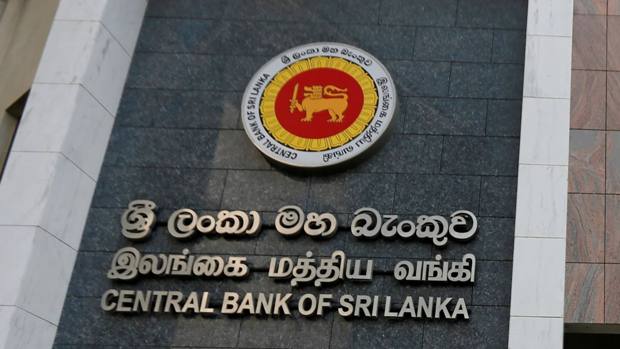COLOMBO – Sri Lanka’s central bank has been taken by surprise at the sharp increase in inflation, Governor Nivard Cabraal said after inflation rose to 15.1% in February, after two years of record money printing to keep interest rates down.
The central bank also blamed other banks for not raising deposits after injecting hundreds of billions in new rupee reserves despite running a pegged regime, to maintain artificially low policy rates as budget deficits expanded.
Sri Lanka’s 12-month inflation has galloped from 5.7% in September 2021 to 15.1% by February 2022, after two years of unrelenting money printing, 40% broad money growth and reserve money growing 40% despite two years of balance of payments deficits under a peg.
“We have been taken by surprise with the sharp increase in inflation,” Cabraal told reporters after raising interest rates 100 basis points to 7.50%.
“We believe we also must give signals to the country and economy that we want to address inflation,” he added.
However, the central bank had generated 15.1% in February, a 13-year high, little behind State Bank of Pakistan’s 12.1% for the same months.
Sri Lanka followed the Federal Reserve in printing money, ignoring warnings and pointing to Modern Monetary Theory using price controls on auctions.
Cabraal removed the price controls, allowing market rates to move up, but policy rate hikes have been slow in providing rupee reserves to the banking system at low cost.
Sri Lanka and Pakistan have the worst central banks in South Asia. Pakistan’s rupee has depreciated from 4.70 to the US dollar (both are derived or have been hard pegged 1 to 1 to the Indian rupee), to 179 by February 2022.
Sri Lanka’s rupee has been depreciated by the central bank from 4.70 to 203, though parallel exchange rates are around Rs 249 with the latest money printing.
Over the past two years Rs 1.7 trillion has been printed to keep interest rates artificially low, putting pressure on the exchange and triggering balance of payments deficits.
Some of the money printed are for direct appropriation of foreign reserves to repay debt, as liquidity injections created forex shortages and the central bank was unable to re-collect them as in the past due to too low rates.
The central bank continued to blame ‘supply side’ and ‘imports’, while monetary aggregates rocketed.
“We observe supply side as one of the key contributory factors of these price pressures,” Director of Economic Research Anil Perera said, repeating claims made in the past by Sri Lanka’s central bank and also the Federal Reserve after generating high inflation.
Sri Lanka broad money measured by M2b grew 40% from Rs 7.6 trillion to Rs 10.6 trillion in the two years ending December 2021.
Food price index grew 42% over the period.
Sri Lanka’s reserve money grew 40% from December 2019 to December 2022 as the central bank continued to inject money to maintain its policy rate after selling reserves for imports.
The central bank has sold over US$ 900 million in reserves for imports from October.
However after selling dollar reserves and re-injecting rupee reserves into the banking system (to sterilize the interventions), allowing banks to engage in unchecked lending without lifting a finger to raise deposits, the central bank is now blaming commercial banks.
“We observe that adjustments in deposit rates still remain sluggish,” Perera said. “And that has been a cause of having a low deposit growth in the banking system and that is causing some excessive currency circulation to remain in the system.”
Sri Lanka’s reserve money (currency in circulation plus statutory reserves) grew from Rs 1,296 billion in September to Rs 1,339 billion in February 2022, despite over US$ 900 million of foreign reserve sales in the period.
Around 662 billion in rupee reserves are injected to the banking system overnight. Its cost to banks jumped by 1% overnight as the policy rate was hiked.
Sri Lanka’s 12 month inflation galloped from 5.7% in September, to 7.6% in October to 9.9% in November and 12.1% in December.
In January inflation galloped to 14.2% and in February 15.1%.
Analysts and economists have called for change to the central bank’s governing law to restrain the domestic operations department, reduce the discretionary powers of the Monetary Board to prevent high inflation, currency troubles and social unrest.
-economynext.com


